A high murder rate, common kidnappings, and violent riots are probably not things that anyone wishes to see at the top of a travel description. But what if you were to find out that along with the potential risk of danger, these destinations could provide you with exceptional local eats? Could the quest for finding new culinary adventures make you overcome the fear of hazardous situations?
The unfortunate truth is that places with some of the most breathtakingly beautiful landscapes, historic sights, and — yes— exceptional food specialties have become shadowed by political unrest and street violence. But the adventurous traveler, those with incurable desires to go off the beaten path, who brave danger to seek truths, fight for justice, or just thrill-seek — will usually be the first to tell you that their culinary discoveries, be they roadside stands or meals shared by those less fortunate, are often better, or at least more memorable than any five-star experience you could pay for at home.
Clearly, the right use of caution is essential, and nobody is suggesting you risk personal safety for food, or take lightly the political, social, military, and economic issues and natural disasters being faced in "danger zones." But should you be curious, or find yourself in one of these places, consider that you just may find yourself stumbling across if not the best, perhaps some of the most underrated great food in the world.
The numerous delicacies that await the daring traveler include anything from dinner at a restaurant recently voted as the sixth-best in the world to a local sandwich specialty stuffed with french fries, and exceptional mezze. You might also find yourself tasting locally produced wine in the most unexpected of places, or hot chocolate with melted cheese (yes, really).
In order to find a solution to the dilemma of "to go or not to go," we at The Daily Meal decided to dig deeper into the facts and figures on the safety of some of the world’s most dangerous but gastronomically alluring places. To compile our list of the 15 Most Dangerous Food Destinations, we used reports from the U.S. State Department as our main source, and advise anybody planning to visit a destination in these "culinary danger zones" to always look out for the most recent warnings and advisories before your trip.
However, if high crime, risk of terror attacks, and political riots are not stopping you from craving new, thrilling, food adventures, continue browsing through our countdown of the 15 Most Dangerous Food Destinations in the slideshow.
1. Syria
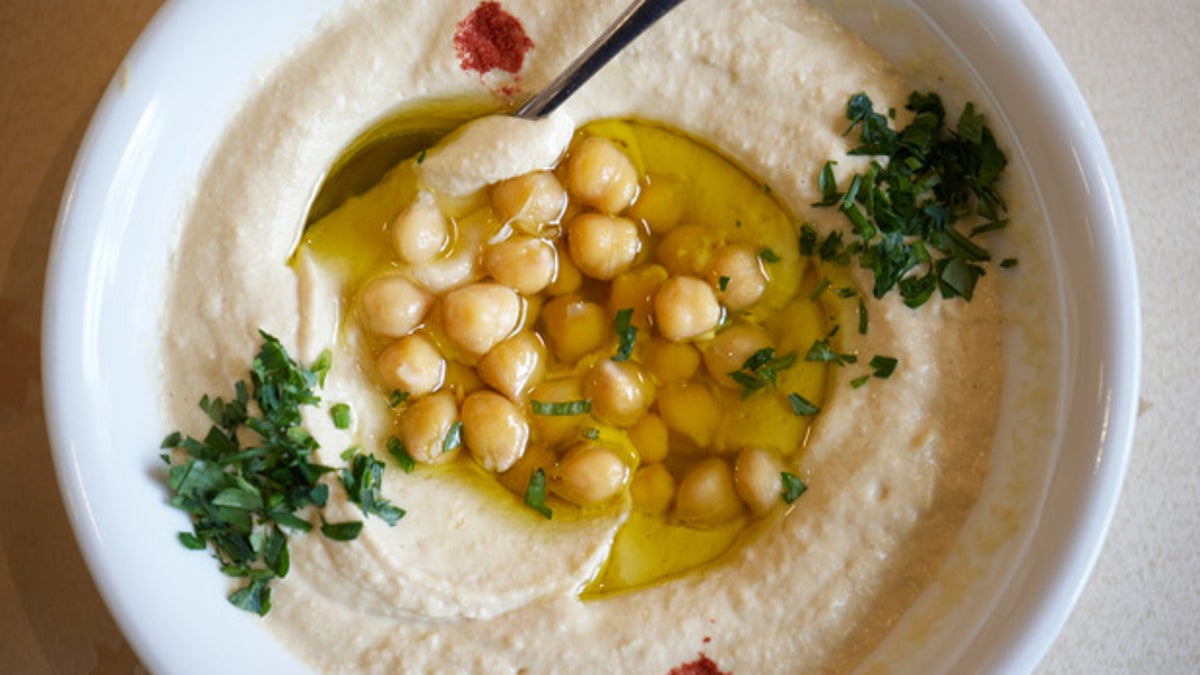
With an ongoing civil war, violence, and threat of terror attacks and bombings, visiting Syria is highly dangerous, and should be avoided. But despite the current unrest, Syria is still famed for its culture and cuisine, and in 2007 the capital Aleppo was awarded with a cultural gastronomy prize by the International Academy of Gastronomy in Paris.
The regional cuisine blends Mediterranean and Middle Eastern flavors, and includes many varieties of kebab Halabi, or spiced kebab, traditional mezze dishes such as hummus and baba ghanoush, and za'atar, a dried herb and spice mixture, often eaten by dipping it with bread in olive oil.
According to Khaled Yacoub Oweis, writing for Reuters, the best place to enjoy za'atar is restaurant Qubrusi in Aleppo, which "is a favorite among locals." Another restaurant well worth a visit is Beit Sissi, rated as "Aleppo’s finest" by Lonely Planet. Located in a restored house from the 17th century, the restaurant servers French and Syrian cuisine, including items such as sujuk, spicy pork sausage rolled in bread, and ratatouille.
2. Yemen
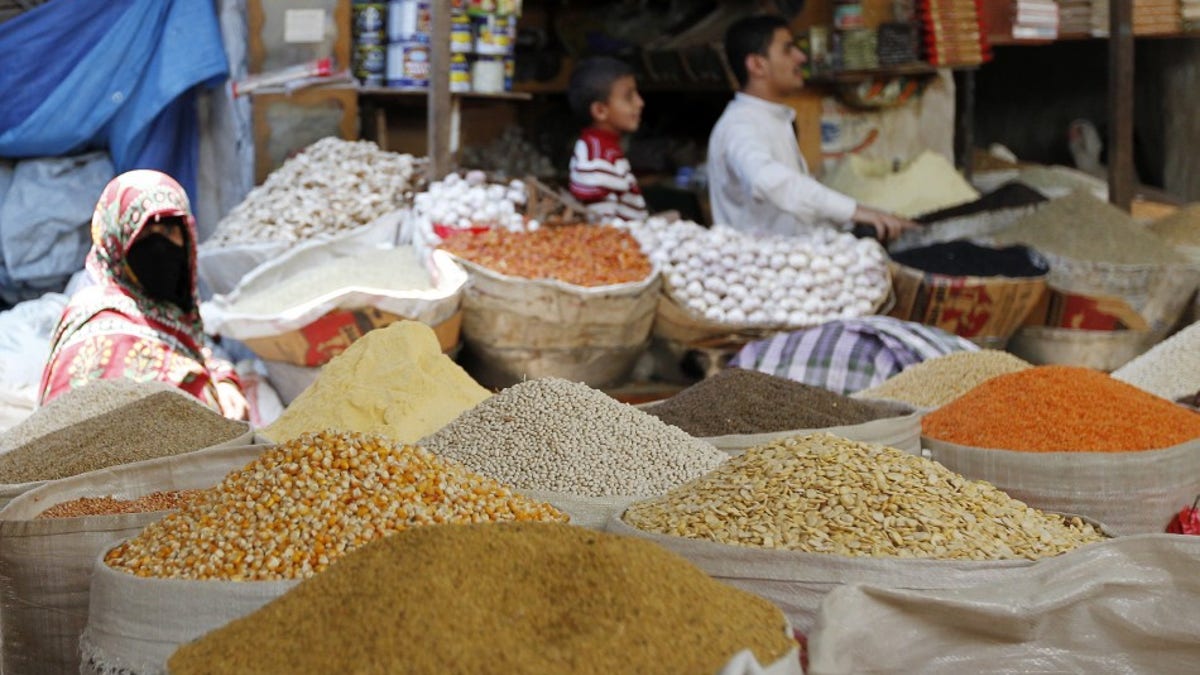
(Reuters)
You should really not be in Yemen, even on a visit. The U.S State Department is clear with the message, as terrorist activities and civil unrest have pushed the security threat level to "extremely high." But for daredevils, Yemen can also provide plenty of unique food experiences, distinct from the more commonly known Middle Eastern flavors. Simple stews and breads might not sound intriguing, but spices such as ginger, cardamom, and aniseed give Yemeni food a unique aromatic touch.
Each region has a slightly different version of the national dish, saltah, a meat stew with chiles, tomatoes, garlic, and herbs, and usually mixed with potatoes, scrambled eggs, or even rice. Chicken, goat, and fish are other typical proteins, and dairy products, such as butter and cheese, are rarely used. The capital Sana’a is home to several restaurants, from high-end to budget eats. Freelance journalist Adam Baron, based in Sana’a, recommends Matam Taiz for the peculiar Yemeni specialty aseed — a doughy dumpling of fish meal, covered in gravy.
3. Côte D’Ivoire
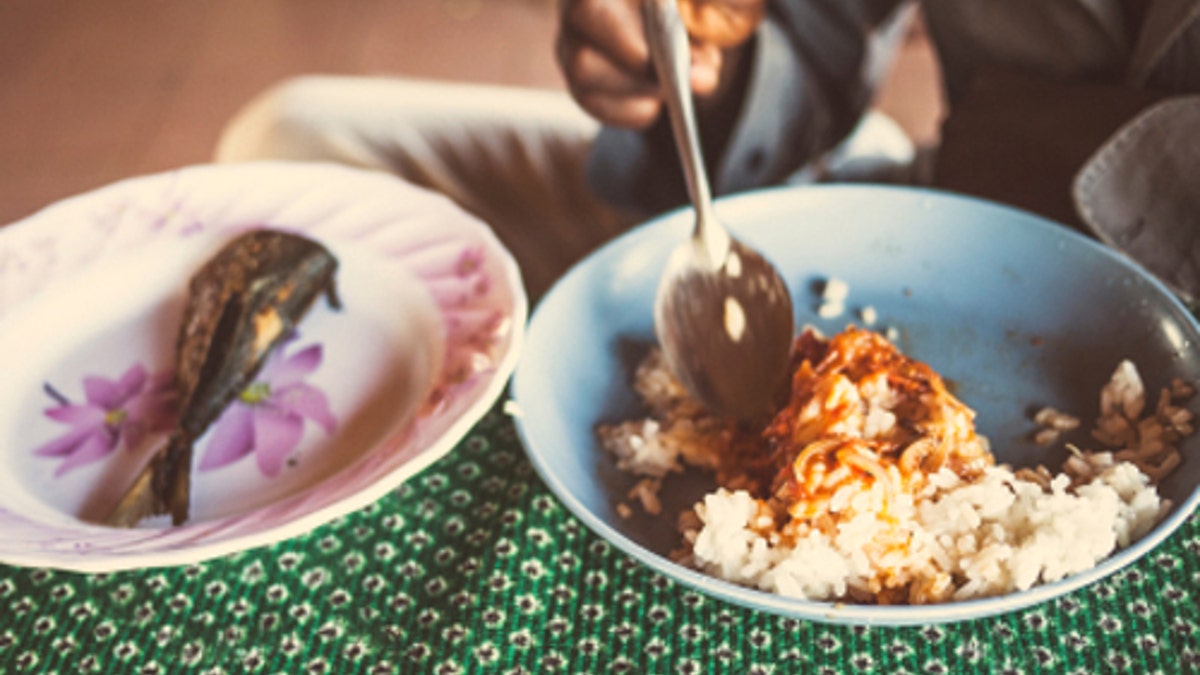
(Peeter Viisimaa/iStock)
Côte D’Ivoire is yet another country stricken by civil war and political unrest, and its capital, Abidjan, is recognized as the third most dangerous city in the world. Street crime, robbery, and car-jackings are common here. But when it comes to finding a taste of traditional local cuisine, the country has plenty to offer. Good places to sample the food are maquis, outdoor markets unique to Côte d'Ivoire. To be considered a maquis , the restaurant must sell braised food — commonly chicken or fish, served with onions and tomatoes. Cara Waterfall, writer of the blog bellejournal, recommends a maquis called Chez Rokia, where the owner, a woman called Rokia, serves people cold beer and dishes such as poulet braise, grilled chicken marinated in Dijon mustard and garlic.
4. Somalia
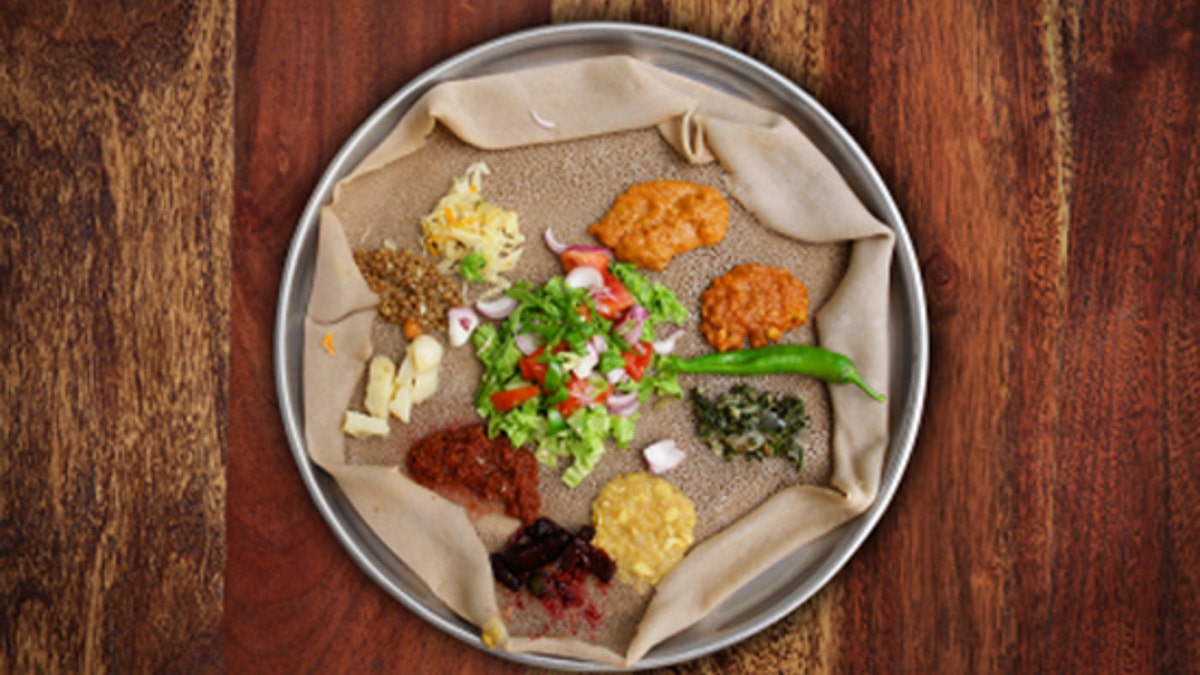
With ongoing bombings and terror attacks, the U.S. State Department recommends avoiding all travel to Somalia. However, the capital Mogadishu had been going through a significant change toward becoming a safer travel destination, with new top restaurants opening up in the city, a recent backlash indicated that the terror threat is still present. A car bomb that killed 18 people in the capital also destroyed one of the new restaurants, opened by native restaurateur Ahmed Jama. Jama had opened his restaurant The Village in an effort to showcase the great cuisine and culture of his home country, serving traditional Somali dishes.
5. Lebanon

fresh traditional falafel wrap on pita bread with fresh chopped tomatoes (iStock)
At the moment, the U.S. State Department advises travelers not to visit Lebanon, as the risk of "spontaneous upsurge in violence remains." But while the potential dangers of traveling to are not to be taken lightly, neither are the culinary temptations that the country has to offer.
Lebanese food is often considered the most familiar Middle Eastern cuisine, with traditional dishes such as falafel and shawarma sold in countries around the world. But in the capital Beirut, a wide range of upscale restaurants have made the city a sought-out destination for fine dining and a buzzing nightlife.
At Lux, accessory designer and restaurateur Johnny Farah serves Mediterranean fare, and ingredients are harvested at his own organic farm in the Lebanese mountains. And after establishing locations in London and Paris, Franco-North African Momo opened in Beirut, serving modern and elegant versions of mezze; the restaurant also arranges popular events such as dance parties at night.
6. Afghanistan
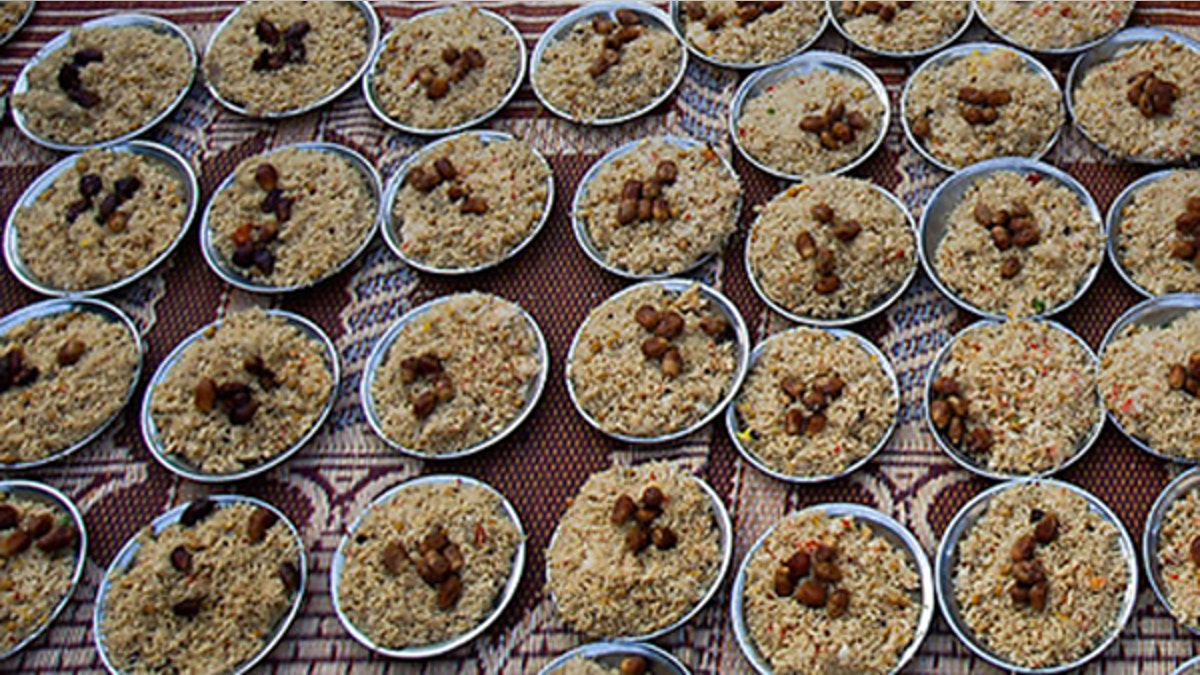
(AP)
The latest Travel Warning for Afghanistan warns U.S. citizens against travel to Afghanistan, as the risk of kidnapping and terror attacks still remains high. But when it comes to food, Afghanistan has plenty of flavorful dishes to offer. The country is known for its variety of kebabs and pulao — rice cooked with meat, chicken, or vegetables. In the Bamiyan region, the main bazaar in Shahr-e Nau, has a good variety of food vendors offering traditional cuisine such as kebabs, pulao, and the beef and bean soup shorwa.
7. Iraq
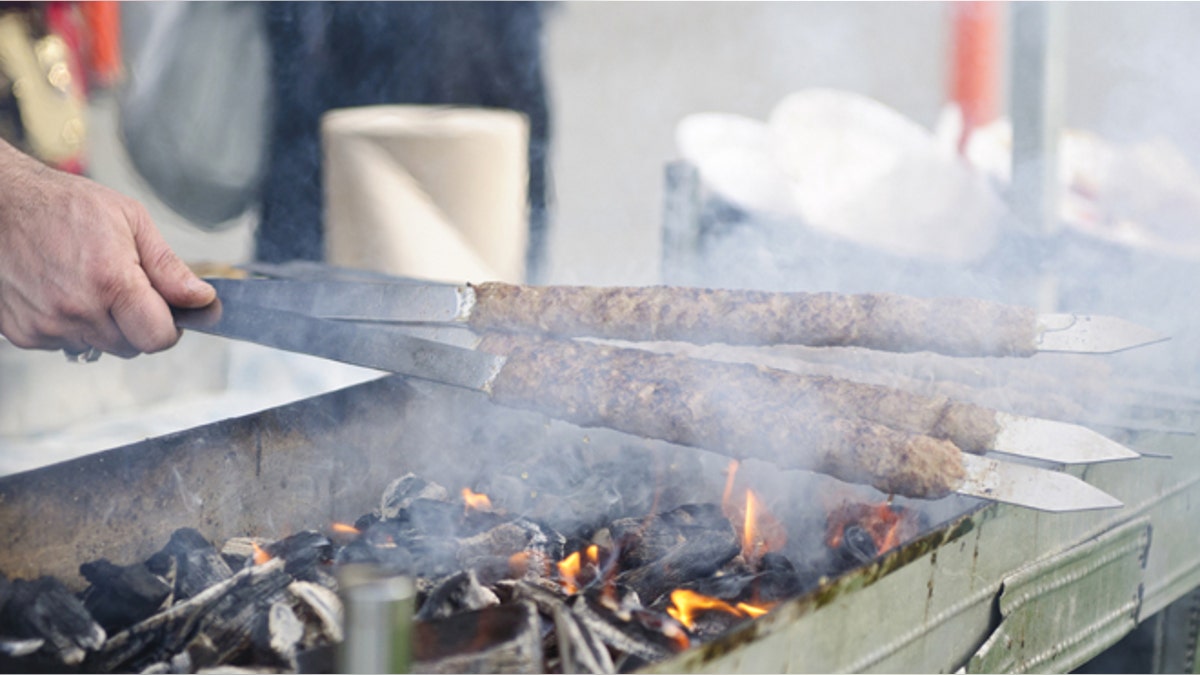
Many different Middle Eastern cultures claim to have invented the kebab. (iStock)
Though the Iraq war that started in 2003 has officially ended, the U.S Department of State reports that some violence and threats against U.S. citizens persist, and U.S. citizens visiting Iraq are still at risk for kidnapping. Still, if visiting Iraq, the cuisine is definitely worth trying. Strongly influenced by the cuisine in neighboring countries Iran and Turkey, common foods in Iraq are beef and lamb dishes, such as kebabs, as well as stuffed vegetables, and filo-dough pastries.
Iraqi Touch in the city Erbil serves homemade Iraqi food in a "unique and modern environment" showcasing the best of Iraq’s classic cuisine with menu items such as beef borek — ground beef stuffed in filo dough — and different gravies served with rice, such as curry potato gravy.
See the full slideshow at The Daily Meal
More from The Daily Meal
45 Best Markets Around the World
The World’s Most Unusual Food Festivals
8 Quick and Spicy Chicken Recipes
